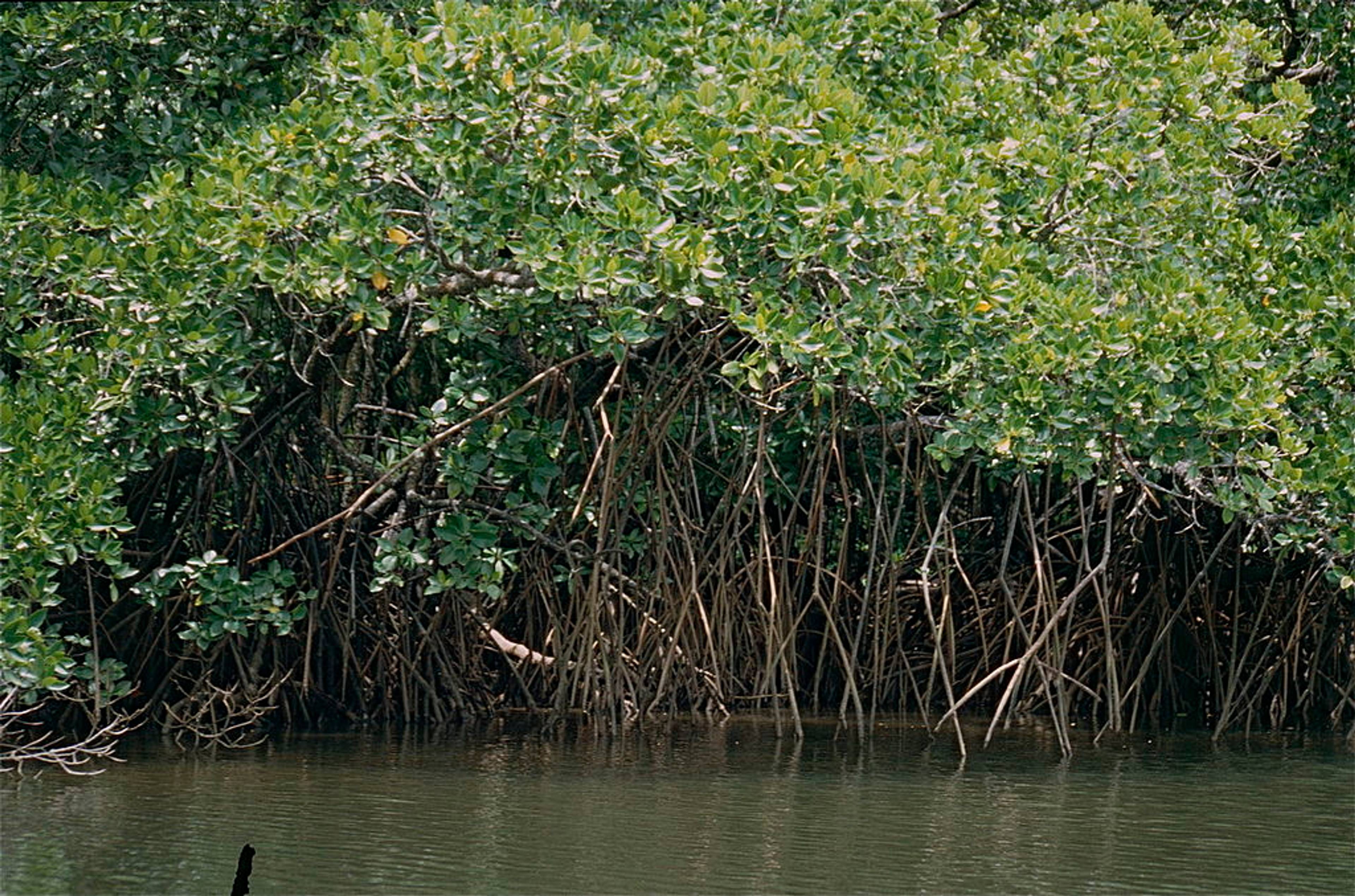TIST Uganda
Uganda
1,568 ha
Developer: Clean Air Action Corp.
The TIST Uganda project is a reforestation project spanning much of Southwest Uganda working with small farm groups to reforest and plant trees in a heavily deforested landscape. The project itself consists of 1,563 small farm plots from 291 farmer groups with 1662 individual members. Uganda is one of the most heavily deforested countries in the world, with a 2008 study predicting that there may be no forest remaining by 2050. The TIST project is a green exception to that.
Connect with our team to learn more about this project and how Pachama can support your nature strategy.
A local farmer stands with nearby planted trees.
1 / 5
1/4
Quality check
Quality insights
Planting over 33 species of trees chosen by local farmers
Project Description
pdf
Verification Report 2019
pdf








